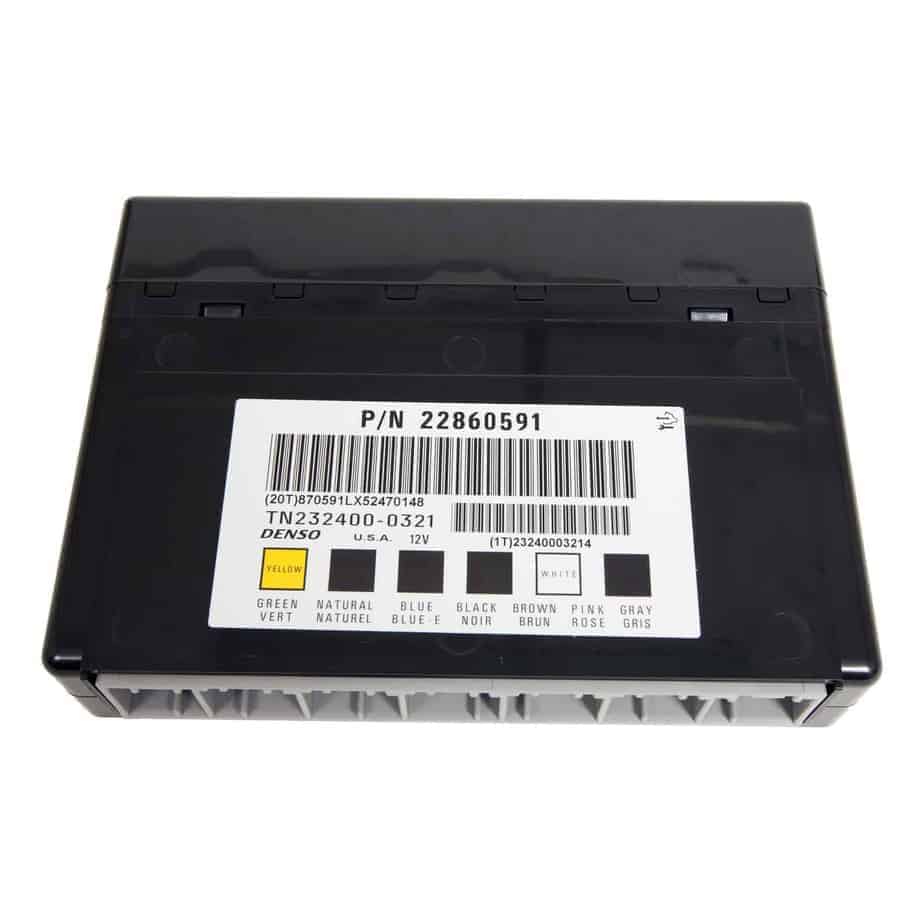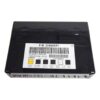Is Your Vehicle Experiencing Strange Electrical Problems?
The Body Control Module, or BCM, is the central command center for your vehicle’s electronic accessories. It manages everything from your power windows and door locks to the interior lights, security system, and even the instrument cluster. When the BCM starts to fail, it can cause a cascade of confusing and frustrating issues that can be difficult to diagnose. You might be dealing with flickering lights, a car that won’t start, or a security alarm that goes off for no reason. These aren’t just annoyances; they can compromise your vehicle’s safety and reliability.
From the Diagnostic Bay
We had a 2011 Chevy Traverse come into the shop with a list of bizarre symptoms. The owner said the radio would turn on and off by itself, the liftgate wouldn’t open, and the dome lights had a mind of their own. A scan tool showed multiple communication errors with no clear cause. After checking the main power and ground connections, we focused on the BCM. Swapping in a VIN-programmed replacement module instantly solved every single issue. It’s a perfect example of how one failing component can make a perfectly good vehicle seem possessed.
Common Symptoms of a Failing BCM:
- ✔ Erratic or non-functional interior and exterior lights.
- ✔ Power windows, door locks, or mirrors not working correctly.
- ✔ The anti-theft system preventing the vehicle from starting.
- ✔ Instrument cluster gauges behaving erratically or not working at all.
- ✔ Intermittent no-start conditions where the engine cranks but won’t fire.
- ✔ Communication error codes stored with other vehicle modules.
- ✔ Battery drain while the vehicle is parked.
Why Choose Our Pre-Programmed GM Body Control Module 15819552?
This isn’t just a replacement part; it’s a complete solution. The biggest hurdle in replacing a BCM is the expensive and time-consuming programming required at a dealership. We eliminate that step entirely. Simply provide us with your vehicle’s VIN during checkout, and we will program the module with the latest GM software specific to your car. It arrives at your door ready for installation, saving you time, money, and the hassle of a dealer appointment. This module is a direct replacement for a wide range of original part numbers, ensuring broad compatibility across many GM models including the Impala, Acadia, Express, Tahoe, and more.
Installation & Post-Install Notes
Installation is typically straightforward, involving disconnecting the battery and swapping the old module for the new one. However, on modern vehicles, other systems are tied into the BCM. After installation, you may need to perform a couple of relearn procedures. If your airbag light is on, a professional scan tool is needed to perform the ‘Setup SDM Primary Key in BCM’ procedure. Additionally, a ‘Brake Pedal Position Relearn’ may be required to ensure proper brake light and stability control function. These are standard procedures for this type of repair.
Frequently Asked Questions
How does the VIN programming work?
After you place your order, you provide us with your vehicle’s 17-digit VIN. We use this number to load the exact, factory-correct software and calibrations for your specific vehicle onto the module before we ship it.
Is this a true plug-and-play part?
For most functions, yes. Because it’s pre-programmed, it will immediately communicate with your vehicle’s systems. However, as noted, some vehicles may require a simple relearn procedure for the airbag or brake pedal position sensor, which may require a professional scan tool.
What if my airbag light is on after I install it?
This is a known possibility. It means the new BCM needs to be electronically ‘handshaken’ with your vehicle’s airbag system (SDM). A repair shop with a high-level diagnostic tool can perform the ‘Setup SDM Primary Key in BCM’ procedure to resolve this.
Do I need to send my old BCM back?
No, there is no core charge for this part. You can keep your original module.
How can I be sure this fits my vehicle?
This module replaces a long list of part numbers. The best way to confirm fitment is to match the part number from your original BCM to one of the numbers listed in our description. Our extensive fitment list also covers the most common applications.


